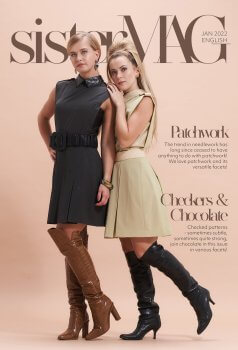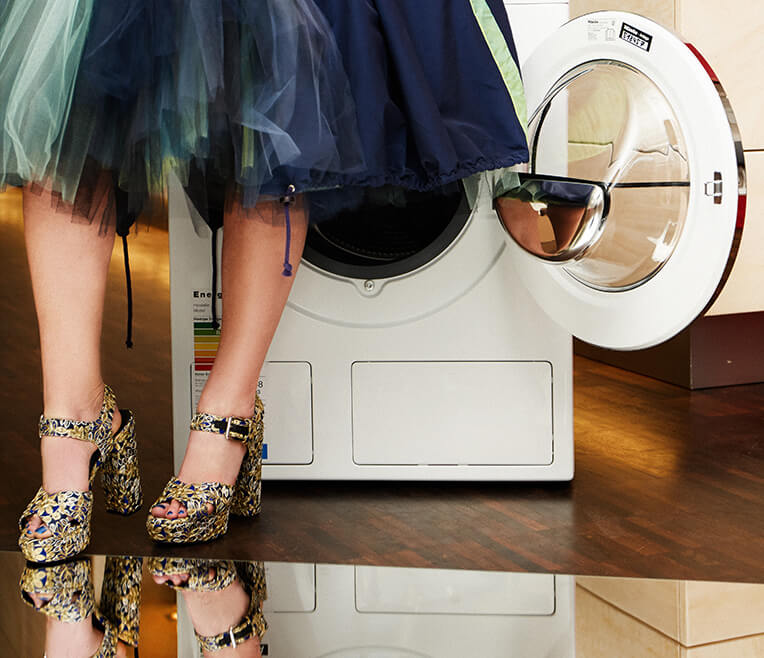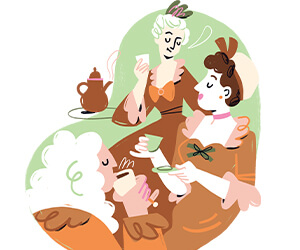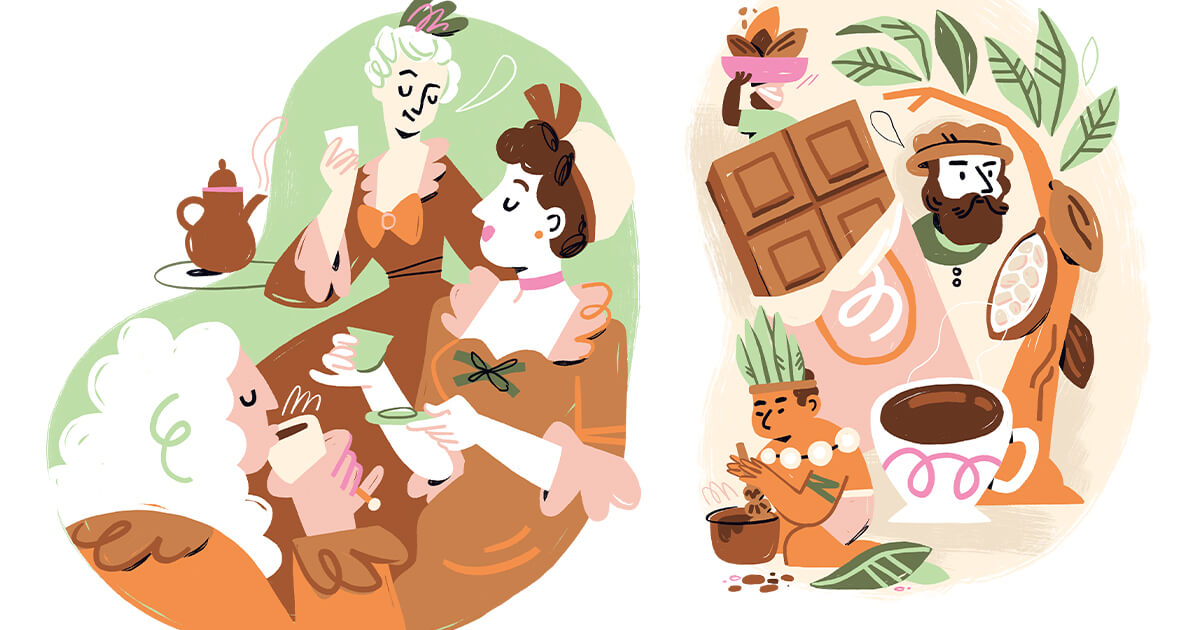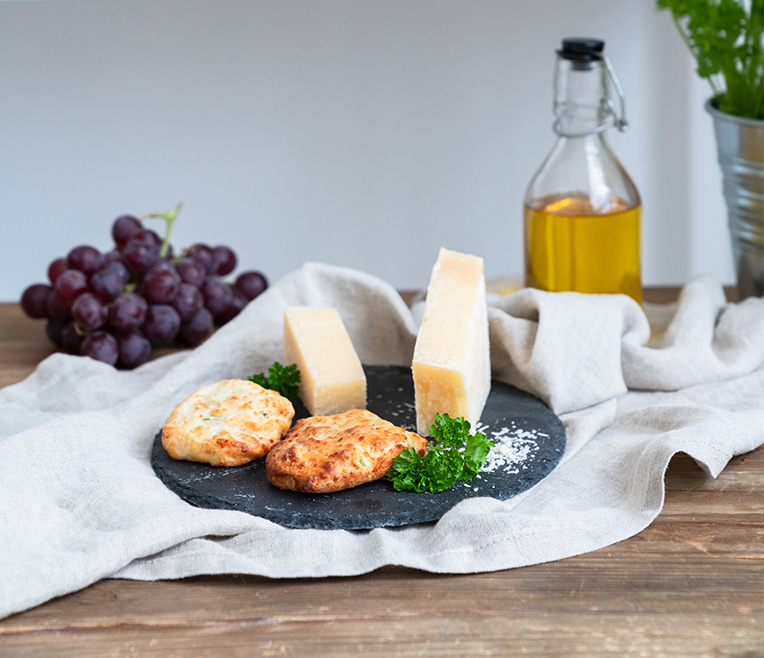
The Bar of Chocolate
Chocolate – comes in so many different shapes, the favorite, sweet, comforting temptation loved by all. What is its history, though? Here it’s the bar of chocolate’s story through the eyes of a chocolate lover.
- Text: Dr. Michael Neubauer
- Illustration: Susanne Rumiz
The History of the Chocolate Bar
Chocolate – comes in so many different shapes, the favorite, sweet, comforting temptation loved by all. What is its history, though? Here it’s the bar of chocolate’s story through the eyes of a chocolate lover.
In my grandmother’s kitchen cupboard, there was this wonderful hidden section where she kept her chocolate bars. Of course, us children often got a little taste from her, but I also have to admit to occasionally sneaking up to this paradise for a secret treat.
Forever dreaming of chocolate!
It comes in so many different shapes: as a drink, truffles, and even in alcoholic cocktails. You can buy chocolate made houses, trees, even little animals moulded from chocolate. But the most tempting to me has always been the classic milk chocolate bar with its familiar ridges and individual rectangles. Sadly, this clear geometric shape is also a very telling indicator of how much of a bar has already been eaten. The main ingredients in different types such as dark chocolate or milk chocolate – are, of course, cocoa mass, sugar, water, sometimes milk, and other ingredients like nuts, spices, and various flavored fillings. The cocoa mass is made by grinding cocoa beans, the seeds of the cocoa tree, (Theobroma cacao Linne’, Theobroma means “Food of the Gods “).
The cocoa three
The tree needs lots of warm weather, if possible always above 16 °C, enough water and healthy soil to grow. It is native to a fairly slim belt north and south of the equator, so that Christopher Columbus was just about able to find some in the Bahamas when he arrived there in 1492. And it’s only natural that most cocoa is produced on the perfectly located Ivory Coast in West Africa.
The history of chocolate can be a bit complicated
Rather than Christopher Columbus it was probably a man named Hernan Cortes who brought the fruit to Spain in 1528 in its raw, unenjoyable form. Sugar, water and honey were added for taste, and in the mid-16th century, the aging King Carl V of Spain already enjoyed it as a drink. Soon, chocolate was offered in special “Chocolate Houses” in Great Britain. The trend spread throughout the rest of Europe, which is why many nations began settling their own cocoa plants in regions around the equator. Next to cocoa, sugar and honey were so expensive that only the highest social circles could afford the delectable drink. From the middle of the 18th century onwards, chocolate slowly gained popularity with the wealthy middle classes. Only after the production of sugar shifted to sugar beets and a more high-yielding cocoa tree was discovered (called Forastero – the “stranger“), did chocolate-making technology follow suit and true production begin.
The first chocolate factory in Germany
The solid chocolate history in Germany starts many years ago.The first German factory for the so-loved and popular candy was built in 1804 in Halle, known to all as “Halloren,” but people in Dresden, Berlin, and Bremen also stirred up the delicious drink. Still known today are the “Stollwerck” in Cologne (1839), Suchard, Lindt and Tobler in Switzerland, all founded in the first half of the 19th century. The first milk chocolate was developed by the Nestle brothers in 1875 in Switzerland.
The production of chocolate candy bars
Before we reach the point where we can enjoy the chocolate bar in our hands, there are a lot of processes and steps. The production of chocolate is anything but simple, and up until the 19th century, it was a highly laborious and physically strenuous process. An important invention was the cocoa butter press, constructed by the Dutch chemist Johannes van Houten in 1828. It churned cocoa butter out of the roasted beans, leaving the finest cocoa powder. This is still used today for sweet dishes and drinks. Cocoa butter is a crucial ingredient for cocoa mass: together with sugar, milk powder, spices and more, it is ground again to reduce particle sizes – an important factor in determining the quality of chocolate. The idea for this came from the company Stollwerck in 1873 with its »five barrel chair (Fünfwalzenstuhl).« The result was still brittle, sandy and bitter and still lacking a certain creaminess. The problem was solved by Swiss Rudolph Lindt and his conch-machine. The word comes from the Spanish »concha« for shell, because of the original bowl’s shell-like shape. In it, the chocolate mass is warmed and stirred for hours and hours (it used to be up to 90 hours, now 12- 48 hours) to draw out water, scents and bitterness. The mass turns more liquid, and aroma and texture develop depending on the chosen temperature and machine settings. Specifically defined and chosen oils determine the final viscosity. Traditionally, tempering follows. The mass is cooled so the fats can harden. This process also has several phases that determine the look and taste of the final product. Lastly, the liquid is being poured into moulds, cooled and thus shaped into the well-known bar shape.
Milk chocolate bar or dark chocolate – the production of both has many steps
Who could have guessed how many steps, and how many inventions are hidden in this delicacy? And it goes on: dark chocolate with over 60% cocoa, milk chocolate with around 25% cocoa, milk and cream powder, and white chocolate with only cocoa butter and sugar and no cocoa mass makes for an endless variety of enjoyable shapes – the chocolate we all love.
The chocolate bars as a treat
Naturally, chocolate was offered as a strengthening treat in pharmacies up until the 19th century. Many of us still know the soothing effects the chocolate made sweets can have on emotional lows. My grandmother’s kitchen cupboard may no longer exist but now we hide the chocolate ourselves – since our kids also crave it – and enjoy it in well-measured quantities. Chocolate is meant to be a delicacy, a treat! There are many famous addresses for it: In Brussels, there are fine chocolate bars and many chocolatiers. Milk chocolate is best bought in Zurich and Barcelona is known for its chocolate museum and public tastings for children… and grown-ups. The culinary centre of the world, Paris, of course offers many a kind of the sensual treat. And the Berlin Gendarmenmarkt has its own house of chocolate “Rausch” with any kind of bar, truffle and creation imaginable…
Today we have the sweet bar in many different forms – filled with various creams such as vanilla, nougat, caramel, fruit filling, and even with nuts like almonds. However, the most classic and well-loved candy bar is the milk chocolate one.

